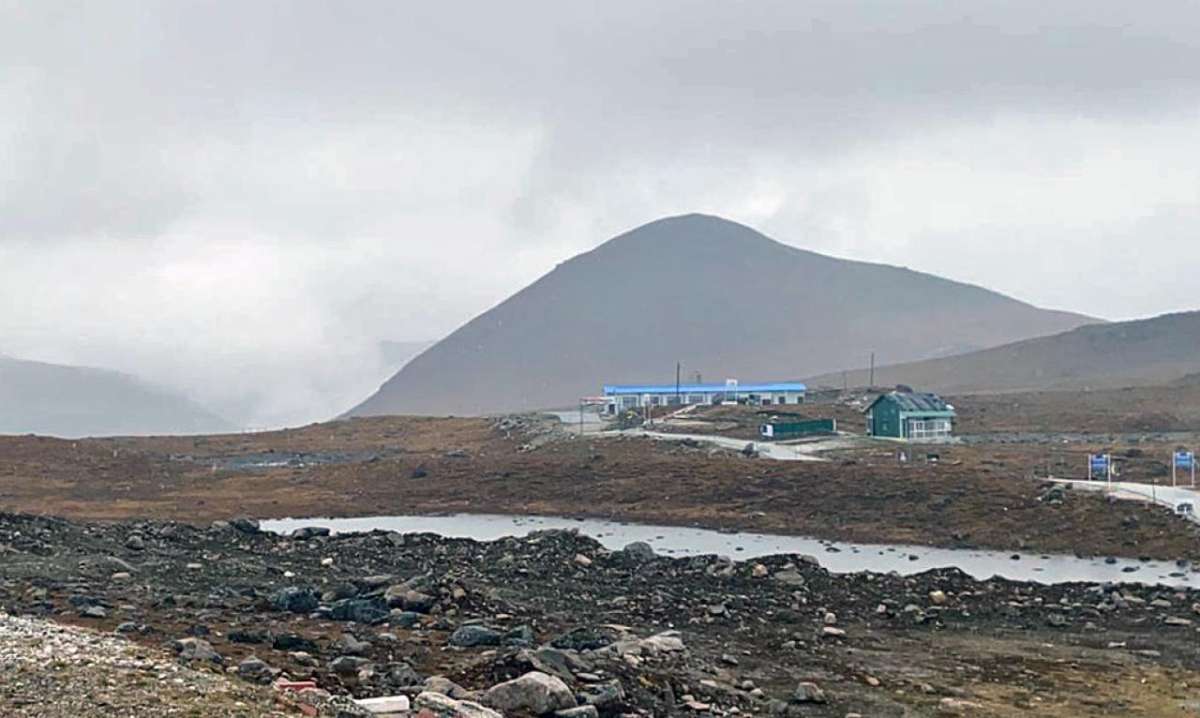China claims the Aksai Chin area as part of its Xinjiang and Tibet regions while for India it is eastern Ladakh….writes Rahul Kumar
UK think tank Chatham House says that China has built an extensive set of installations, establishing an ecosystem to support PLA troops in the Aksai Chin region – which according to India is a part of Ladakh.
The report says: “The images show expanded roads, outposts and modern weatherproof camps equipped with parking areas, solar panels and even helipads”. Chatham House based its report on six months of satellite images taken from October 2022 onwards.
It says that the terrain which earlier had “scattered People’s Liberation Army (PLA) checkpoints and rudimentary positions on the Chinese side of the poorly demarcated Line of Actual Control”, now shows an established Chinese presence.
China claims the Aksai Chin area as part of its Xinjiang and Tibet regions while for India it is eastern Ladakh. It also has the Galwan Valley which saw a deadly clash between the soldiers of the two countries in June 2020.
Chatham House, also known as the Royal Institute of International Affairs, says that after the Galwan clash, China added additional PLA bases and connected them by a network of roads near the main standoff site along the Galwan river.
The report says: “In Raki Nala, a river valley south of the contested Depsang Plains, Chinese outposts are visible, potentially able to block Indian patrols in the area. Meanwhile at Pangong Tso, a saline lake surrounded by jagged peaks and unforgiving ridgelines, a bridge is nearing completion. When finished, it will allow the rapid deployment of Chinese forces from the PLA’s Rutog military garrison to the contested mountain ridges overlooking the lake”.
It says that China is building a heliport on the disputed territory near the Aksai Chin lake which is for likely use by helicopters and drones.
The report says that there is significant Chinese activity in Depsang Plains where China seems keen to “impede the development of, a strategic Indian airstrip at Daulat Beg Oldi” which supports the Indian forces against both China and Pakistan.
Another major construction is related to the “proposed Chinese G695 highway intended to link Xinjiang with Tibet”, says the report. This highway will run the entire length of Aksai Chin and link the contested regions to mainland China as well as work as a signal to New Delhi that Aksai Chin will remain a part of China.
Regarding Indian response, the British think tank says that the Indian Army has deployed blocking forces that match Chinese activity to prevent further incursion. “The Indian Army has also occupied the peaks of several mountains resulting in Chinese withdrawals from sensitive locations, notably around Pangong Tso”, says the report.
Chatham House adds that India has maintained a sustained diplomatic effort to ensure that an outright military confrontation is avoided with China.
China’s numerous incursions into India in 2020 had shocked the nation as Prime Minister Narendra Modi had been in regular talks with China’s Xi Jinping to boost economic, trade and diplomatic lies between the two nations. The Galwan Valley clashes, in which India reported the deaths of 20 of its soldiers while China kept mum about its own casualties, froze relations between the two Asian giants. Subsequent reports by Russians said that China lost 45 servicemen while an independent Australian journalist put Chinese casualties at 42, after analysing data from local Chinese social media accounts.
To keep tensions from boiling over, India has held at least 14 military-level talks besides discussions between the foreign and defence ministers of the two nations.

Leave a Reply